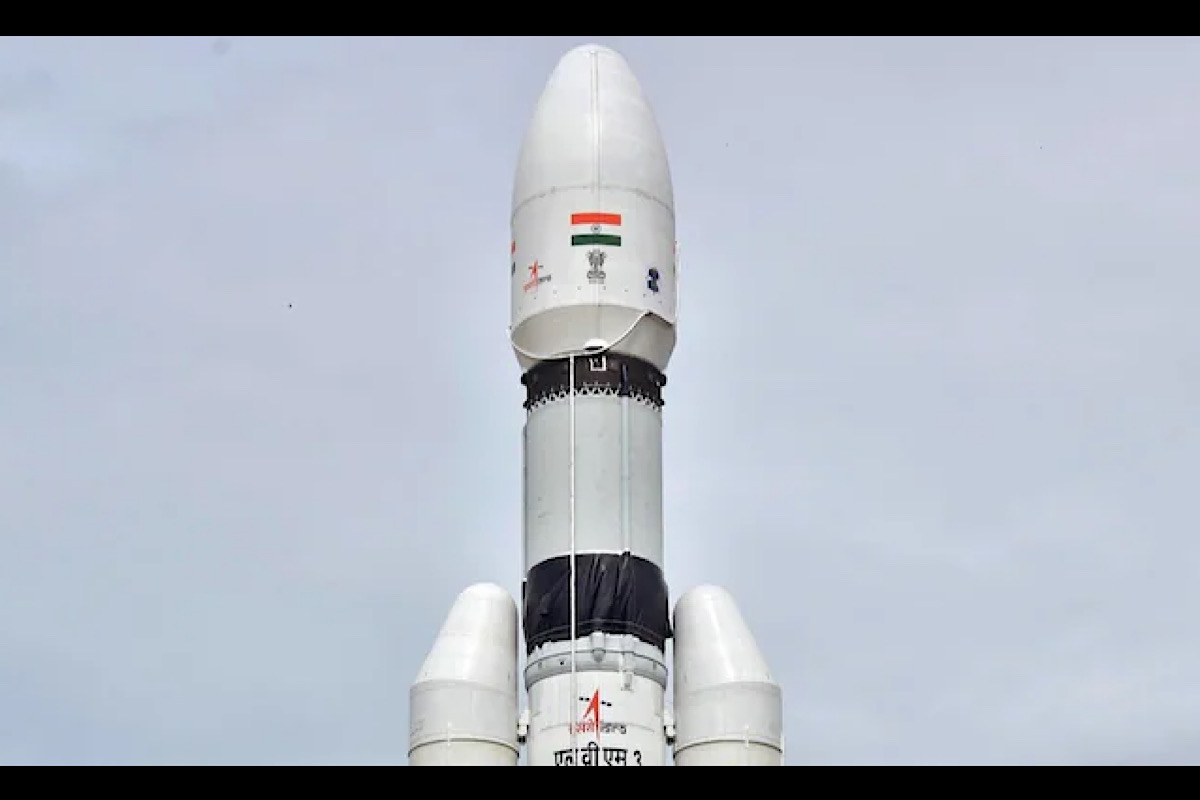Biden will attend Trump’s inauguration in January: White House
The White House has confirmed that US President Joe Biden and first lady Jill Biden will attend President-elect Donald Trump's inauguration on January 20, media reported.
The successor to Chandrayaan-1 and -2 the Chandrayaan-3, is set to undertake its journey to the Moon on July 14.

Representative Image
The successor to Chandrayaan-1 and -2 the Chandrayaan-3, is set to undertake its journey to the Moon on July 14.
Chandrayaan-3 equipped with many instruments is supposed to conduct a number of experiments on the Moon for a period of 14 Earth days which is equivalent to 196 Moon days as one day on the Moon is equal to 14 days on Earth. This will be the first spacecraft that is set to land on the South Pole of the Moon, which remains an area unexplored by humans.
The Indian Space Research Organisation (ISRO) has stated that Chandrayaan-3 will become an example of new technology development that will be used for future interplanetary missions.
Advertisement
what will be the mission of Chandrayaan-3 after landing on the South Pole of the Moon and why it is a crucial aspect of this Moon mission?
Unlike the partially successful Chandrayaan-2 (2019), there is no orbiter element this time for Chandrayaan 3 for it successful landing. The Chandrayaan-3 will be launched on July 14. The launch time is 2:35 pm from the Satish Dhawan Space Centre, Sriharikota, Andhra Pradesh.
To demonstrate safe and soft landing on Lunar Surface, To demonstrate Rover roving on the Moon, To conduct in-situ scientific experiments.
The Chandrayaan-3 will the first to land on Moon’s South Pole this mission will be no human missions so far. Many countries have tried to land therir spacecraft on the South part of the moon, but no one till now is successful in this mission, therefore, the successful landing of Chandrayaan-3 on the Moon’s South Pole will demonstrate the technical prowess and bold spacefaring ambitions of the country.
Statement released by ISRO “Chandrayaan-3 consists of an indigenous Lander module (LM), Propulsion module (PM) and a Rover with an objective of developing and demonstrating new technologies required for Inter planetary missions. The Lander will have the capability to soft land at a specified lunar site and deploy the Rover which will carry out in-situ chemical analysis of the lunar surface during the course of its mobility.”
ISRO says that “the lunar south pole is of special interest because parts of it remain permanently in shadow, raising the possibility of sampling Moon ice for the first time. Moreover, the large craters near the lunar south pole might contain clues to the composition of the early Solar System,” studies performed at South Pole will also be important for spacefaring initiatives as South Pole is the site where Artemis-III mission of the United States will land. Artemis-III is the third element of the Artemis space program of the United States in which humans would go to the Moon in next few years for the first time in over five decades.
“The south pole region has very different geology from the region around the [US] Apollo missions, so Chandrayaan-3 will provide a close-up view of an entirely new region of the Moon,” said planetary geochemist Marc Norman of the Australian National University in Canberra to Nature.
“Similar measurements were made by the US Apollo and Chinese Chang’e missions when they landed nearer the Moon’s equator, but this will be the first analysis of the environment at one of the poles. Thermal conductivity in particular depends on the grain size and packing of regolith — the surface layer of loose rubble — and so will be useful for characterizing the landing site, Norman says. Such data cannot be obtained from orbit,” notes Nature.
Notably, this is India’s second mission to South Pole. The Chandrayaan-1 (2008) was intentionally crashed into the South Pole that confirmed the presence of water ice in a major discovery.
Space.com says, “Chandrayaan 1, which launched in October 2008, sent a moon orbiter aloft in India’s first-ever deep-space effort. The orbiter carried a 64-pound (29 kilograms) impactor probe that slammed hard (but intentionally) into the lunar surface near the south pole. The impactor detected water ice just before it crashed, a discovery matched by a NASA instrument aboard the Chandrayaan 1 orbiter called the Moon Mineralogy Mapper.”
Advertisement